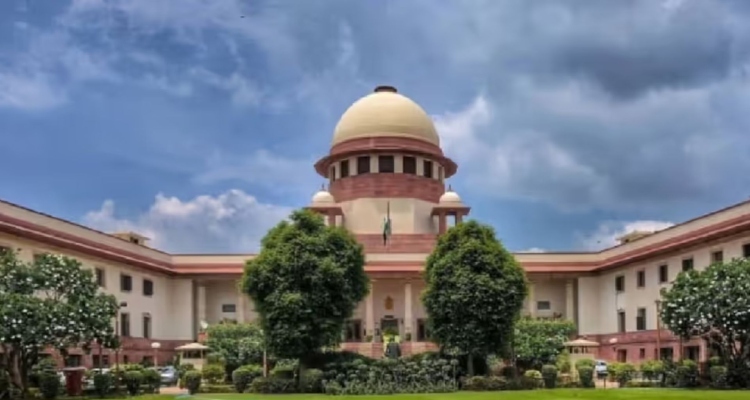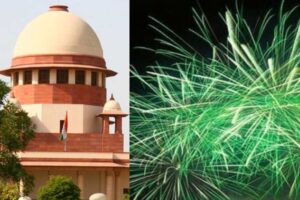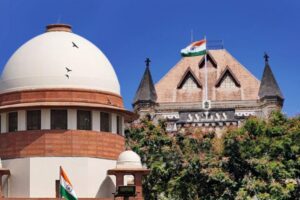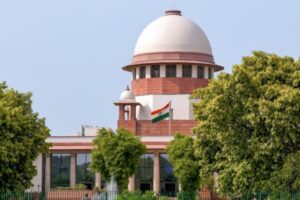
The Lucknow bench of the High Court has raised serious concerns over the safety of school children in Uttar Pradesh, particularly regarding the lack of inspections in schools over the past 14 years.
The court pointed out that schools across the state have not been inspected since the Supreme Court’s 2009 guidelines were issued, despite clear directives to ensure safety standards. This lapse in compliance has prompted the court to summon the “minutes of meetings” from the National Disaster Management Authority (NDMA) for the past two years.
The bench warned that if it finds the NDMA has not taken appropriate action in response to the Supreme Court’s order, it will issue further directions.
The case, being heard by a division bench of Justice Alok Mathur and Justice Brijraj Singh, stems from a public interest litigation filed in 2020 by residents of the Gomti River Bank. The petition raises concerns about schools operating in residential areas, an issue that has drawn the court’s attention, especially given the broader implications for children’s safety.
At the heart of the court’s concerns is the implementation of the 2009 Supreme Court guidelines, which were issued following the Avinash Mehrotra case.
These guidelines aim to ensure that schools adhere to safety norms, including structural integrity and emergency preparedness. The court underscored the urgency of enforcing these regulations, given the passage of time since their introduction.
During the hearing, the state government informed the court that there are approximately 141,000 schools across Uttar Pradesh. Inspecting all of them is a monumental task, which the government estimated would take around eight months. An action plan has been drafted to assess the safety of these schools, involving trained experts in civil engineering, fire safety, road transport, and basic education.
These experts will evaluate both the structural safety of school buildings and the adequacy of security measures. The court also insisted that videography be done during each inspection to maintain transparency and accountability.
Additionally, the court is addressing another critical safety issue: the provision of pick-and-drop services for young children. During a previous hearing, the court had directed schools in the Hazratganj and Raj Bhavan areas to provide this service for children up to Class 5. However, when DCP (Traffic) Prabal Pratap Singh, who was present at the hearing, reported that only three schools had complied with the order, the court expressed dissatisfaction.
As a result, senior advocate JN Mathur, appointed as amicus curiae in the case, was tasked with engaging with the remaining schools that have not implemented the pick-and-drop service.
The court will revisit the case on November 11 to review progress on these matters. The outcome of this hearing could have far-reaching implications for school safety in the state, particularly regarding the implementation of Supreme Court guidelines and the assurance of child safety during school commutes.




